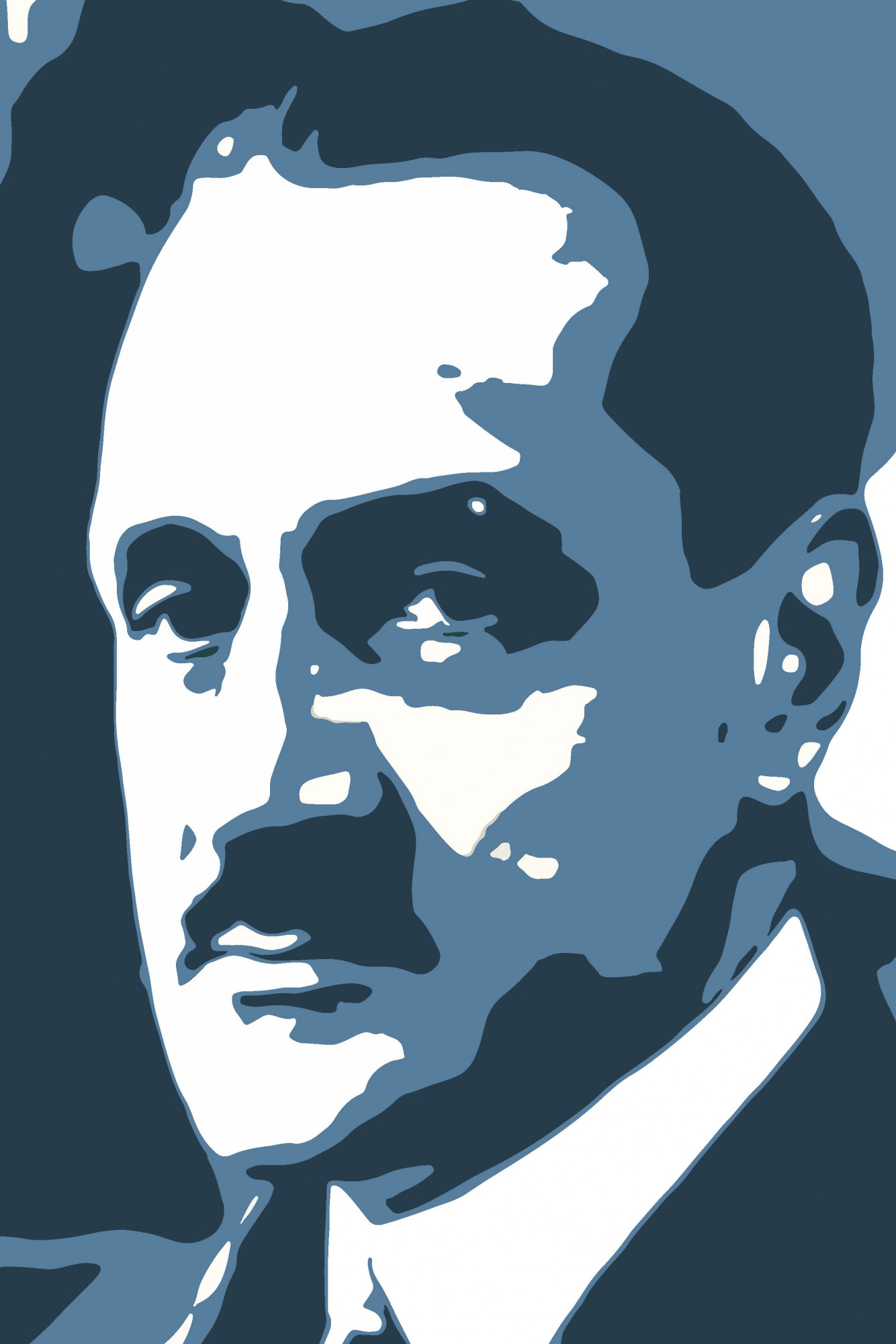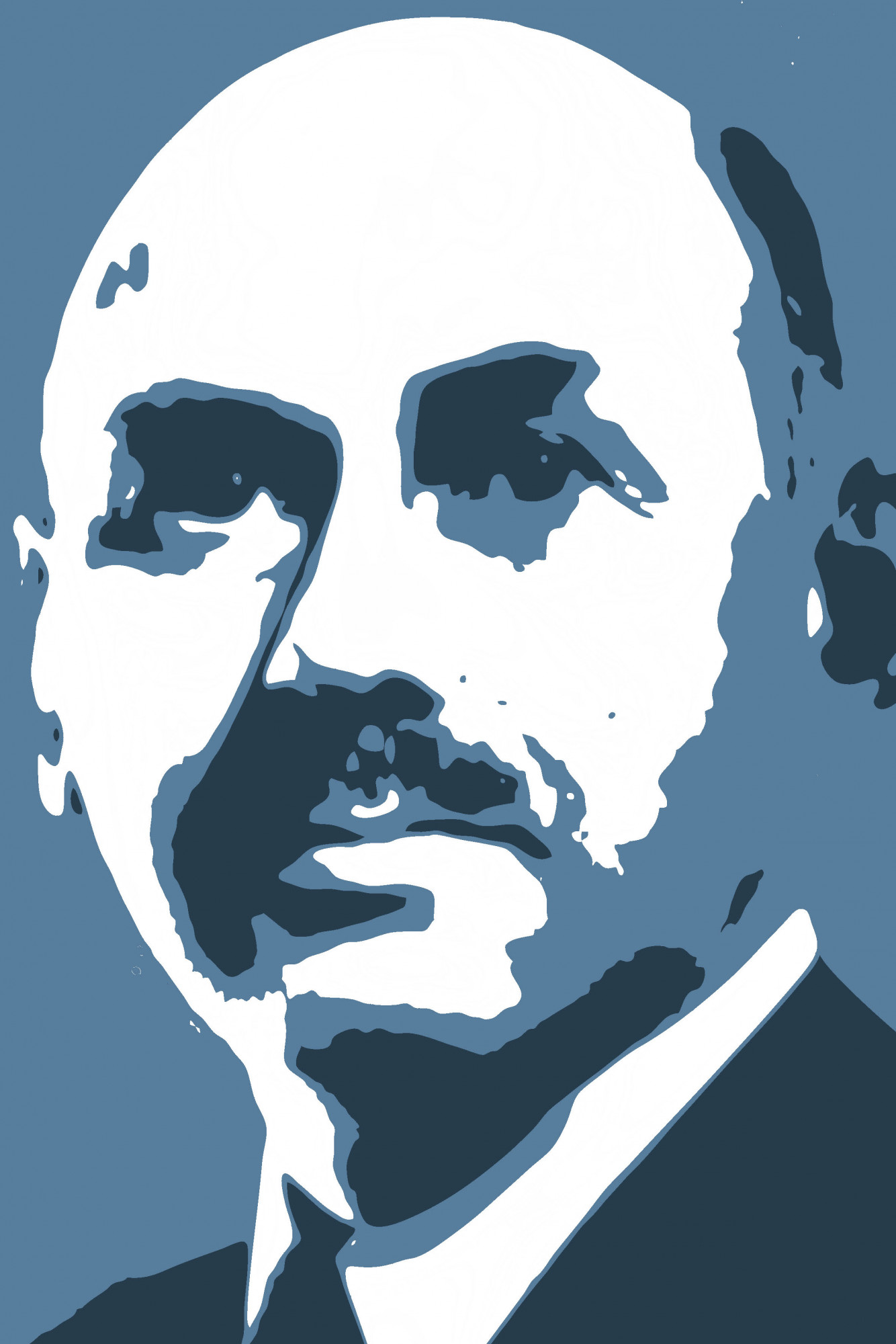The “fathers” of rocketry and astronautics
Perhaps the most important achievement of the four “fathers” of rocketry and astronautics was to realize the importance of the recoil principle and in particular rockets with liquid fuels as a means of transport into space.

Konstantin Ziolkowski
The russian teacher Konstantin Eduardovich Ziolkowski (1857-1935) established the basic rocket equation in 1897 - completely unnoticed by the public - and published it together with further reflections on space travel in 1903 in the magazine "Scientific Review" titled "Исследование мировых пространств реактивными приборам" (engl. "Exploration of space by means of reaction apparatus"). Almost the entire edition of the magazine was confiscated by Tsarist censorship, which initially impeded the spread of Ziolkowski's groundbreaking thoughts. Only after the publication of Hermann Oberth's "The Rocket into Planetary Space" in 1923 did Ziolkowski's work also gain attention and recognition.
During the Cold War, he became the Soviet "father of space travel".

Robert Esnault-Pelterie
The french aircraft manufacturer Robert Esnault-Pelterie (1881-1957) already dealt with the idea of space travel and the necessary drive technology before the First World War. However, a lecture on the possibility of space flight he gave in 1912 at the Société française de physique met with rejection there. After the publication of Hermann Oberth's "The Rocket into Planetary Space", Esnault-Pelterie once again dealt with the idea of space travel and initiated the establishment of a relevant committee at the Societé Astronomique de France in 1927 with his lecture "L' Exploration par fusées de la très haute atmosphère et la possibilité des voyages interplanétaires". The term "Astronautique" for space science goes back to Esnault pelterie and this circle. In 1930, Esnault-Pelterie published his main work with "L' Astronautique".
Outside France, Esnault-Pelterie's role as one of the pioneers of rocketry and astronautics is almost completely forgotten today.

Robert Goddard
The American college professor Robert Hutchings Goddard (1882-1945) in turn established the basic rocket equation in 1912 without knowledge of Ziolkowski’s work. In 1919, the Smithsonian Institution published his work “A Method of Reaching Extreme Altitudes”, which is considered one of the most important early works on rocket technology. Goddard was the first to successfully take off and fly a liquid fuel rocket in 1926. However, due to his very pronounced need for secrecy, this success only came to public notice many years later. His direct influence on the actual development of rocket technology and space travel therefore remained very limited during his lifetime.
During the Cold War, the United States particularly emphasized Goddard’s importance as the American “father of rocket technology and space travel”.
NASA’s Goddard Space Flight Center is named after Robert Goddard.

Hermann Oberth
The transylvanian high school professor Hermann Oberth (1894-1989) published his basic work on rocket technology and space science “The Rocket into Planetary Space” in 1923 with the renowned science publisher Oldenbourg in Munich. In 1929, after years of intense public attention and scientific debates, the significantly expanded new edition followed under the new title “Ways to Spaceflight”. Robert Esnault-Pelterie called this work the “Bible of scientific astronautics”. Oberth was the first to receive the international REP-Hirsch Astronautics prize, which Esnault-Pelterie had awarded together with banker André Louis-Hirsch on behalf of the Societé Astronomique de France.
Hermann Oberth can be considered probably the most effective of the four “fathers of space travel”. His groundbreaking technical concepts and far-reaching application scenarios for spaceflight deeply influenced developments in rocketry and astronautics in the 20th century.
